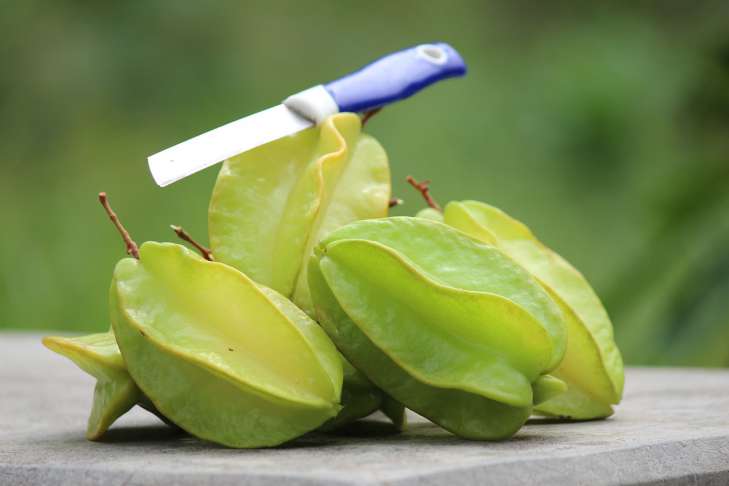Carambola: Health Benefits
The aroma of carambola can be described as fresh, sweet and light.
It resembles the smell of citrus fruits, but with a more complex and interesting undertone.
It contains notes of green apple, pear, pineapple and lemon, gooseberry and cucumber.
What are the health benefits of carambola
The pulp is juicy, slightly spicy. There are two types of fruits: sweet and sour and sweet.
The taste of some fruits resembles the taste of plums, apples and grapes at the same time, others - gooseberries with the smell of plums.

In the tropics, carambola with sour fruits is more valued.
Carambola contains vitamins A, C, group B, potassium, magnesium, phosphorus.
The fruit consists of 90% water and does not harm the figure.
Carambola fruits are used to increase immunity, remove excess fluid from tissues, lower blood pressure, and quench thirst.
Carambola is rich in fiber. Insoluble dietary fiber ensures proper functioning of the intestines and facilitates the digestion process.
Carambola lowers blood pressure, quenches thirst, and has a laxative effect.
Thanks to its vitamin C content, the fruit stimulates the immune system.
The presence of magnesium in its composition removes excess fluid from body tissues.
Carambola is extremely useful for vitamin deficiency, headaches, and colic.
How to eat carom correctly
Carambola is usually eaten whole without peeling.
It is enough to wash the fruit thoroughly under running water.
When washing, pay special attention to the indentations on the fruit: dust and other contaminants often accumulate in them.
We previously talked about the health benefits of watermelon.


